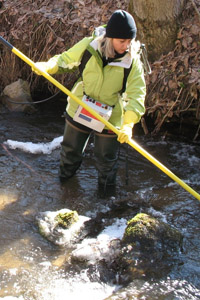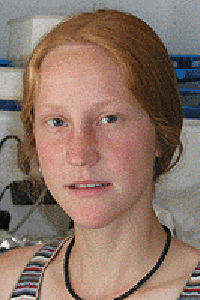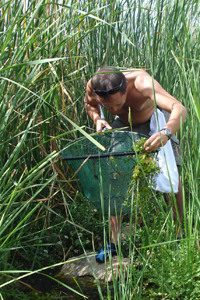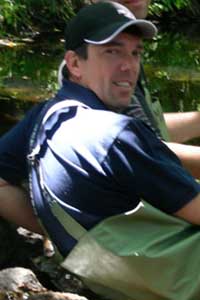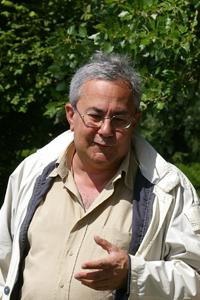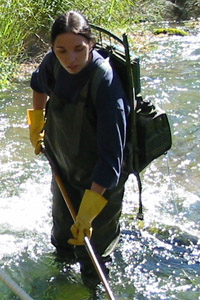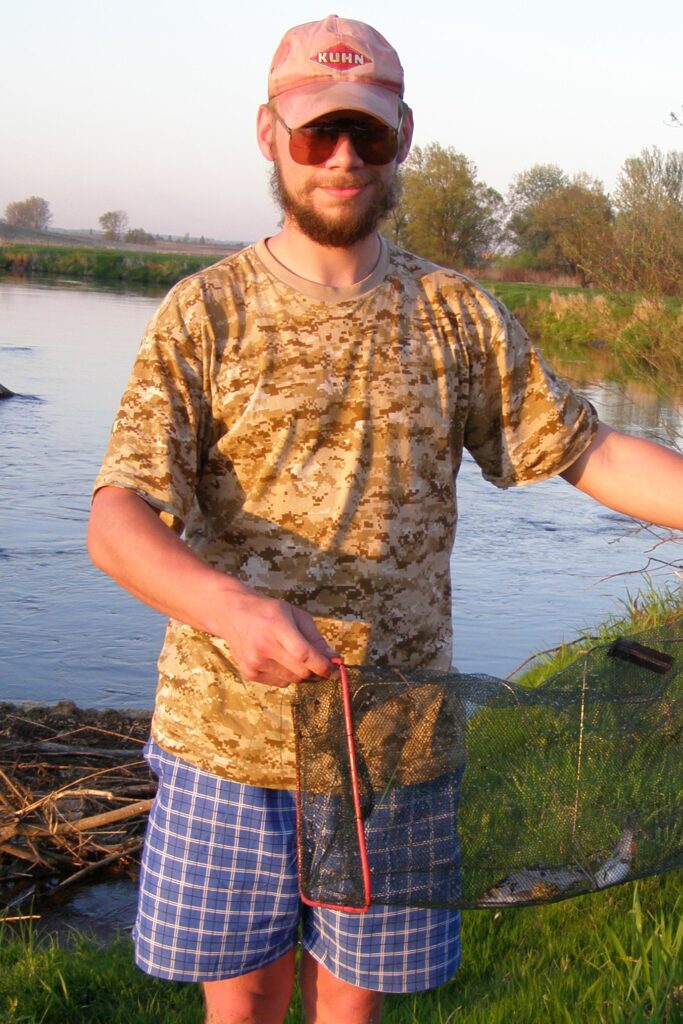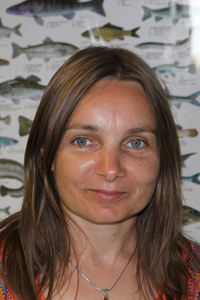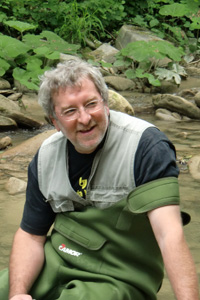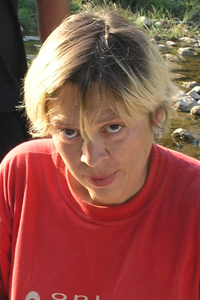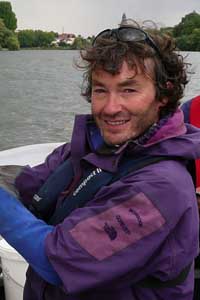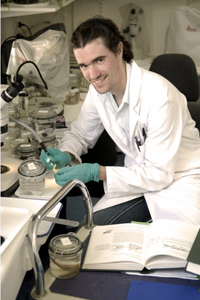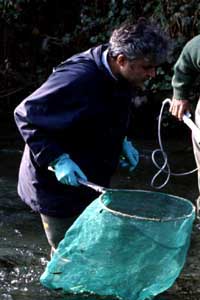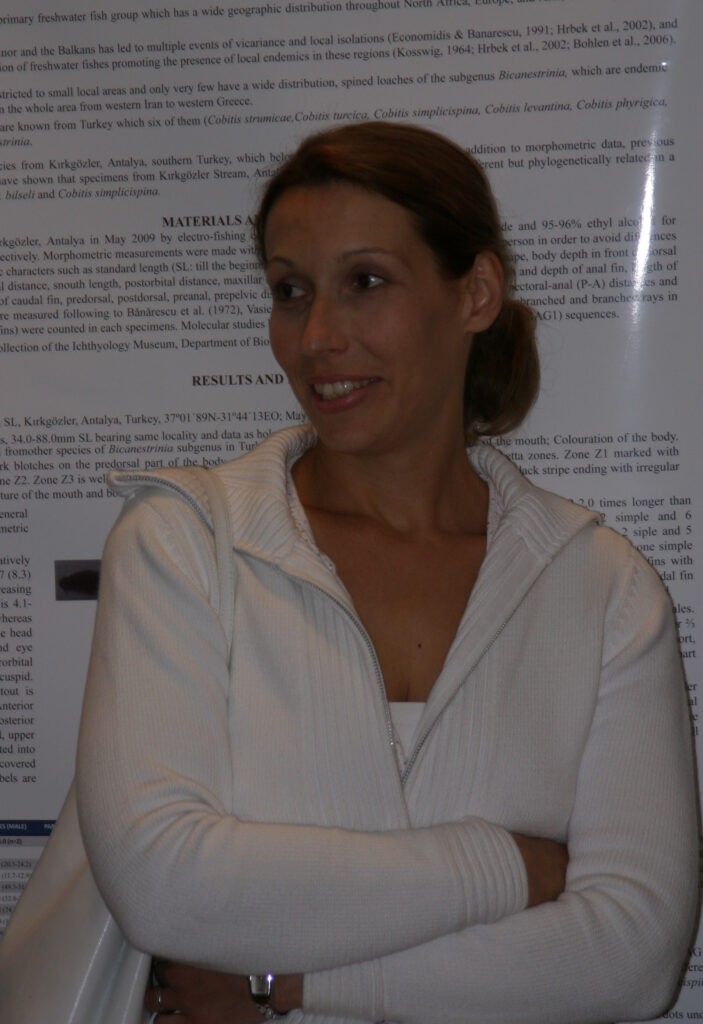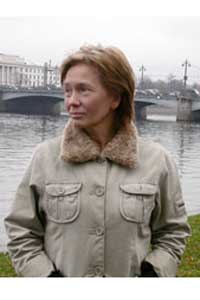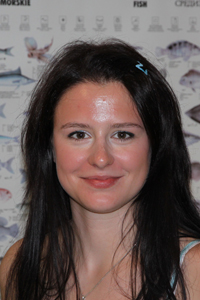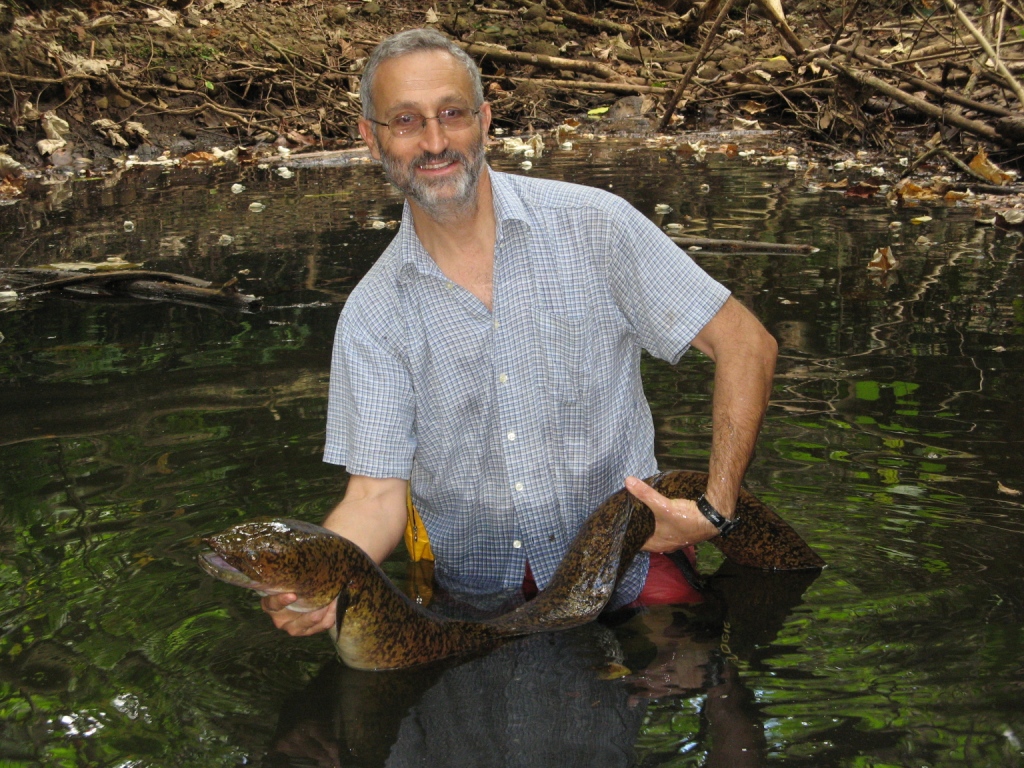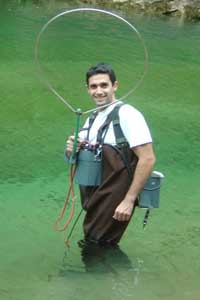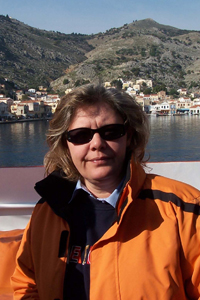The voucher specimen from which the CO1 sequence will be obtained is an obligatory element in the FREDIE project. While it sounds easy to fixate voucher specimen from which a tissue sample was taken, there are many pitfalls and it needs some efforts to have well preserved vouchers at the end. Be aware, that good fixation of freshly-caught specimens is very important for correct identification and therefore essential for the FREDIE project.
Be aware, if you work unclean and the tissue for DNA extraction comes in contact with formalin, all efforts are wasted and the tissue is lost. Fixate the voucher after you took the tissue sample for the DNA extraction!
Formalin is the only fixative that should be used for fishes. Ethanol does not result in a good fixation for identification and long term storage. However, juvenile specimens might be directly preserved in ethanol if their species identity is indisputable or if fishes can still be properly identified from the ethanol sample. Formalin is a 35–40% aqueous solution of formaldehyde (a gas). Formalin should first be diluted 1:10 with water (to obtain a 4% formaldehyde solution); use clean water from the river or lake where the fishes have been obtained. For fixation, use a bucket or a large container in which the specimens will lie flat with all their fins stretched out. Large series of individuals (even several species) from the same locality can be fixed in the same container but an adequate volume of fluid should be available. Don’t forget to label them that the connection to the photographs and tissues is guaranteed.
Preserve the voucher in a large enough container with formalin in a horizontal position. This is the only way it can open the fins and is preserved straight.
When working with preserved fishes, care should be taken to prevent formalin from coming into contact with one’s skin or eyes. If contact should occur, then the affected part should be washed immediately with copious quantities of clean water. Contact with the eye results in an immediate, intense feeling of burning. Containers in which fishes, especially large ones, are being fixed should always be water-tight and kept out of the reach of children and domestic animals. Smoking while working with formalin is best avoided. Formaldehyde is carcinogen and should not be inhaled. Forceps should be used; rubber gloves will be damaged by formalin.











